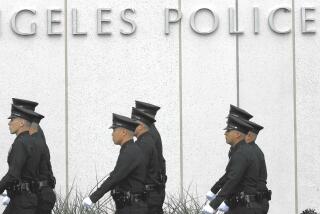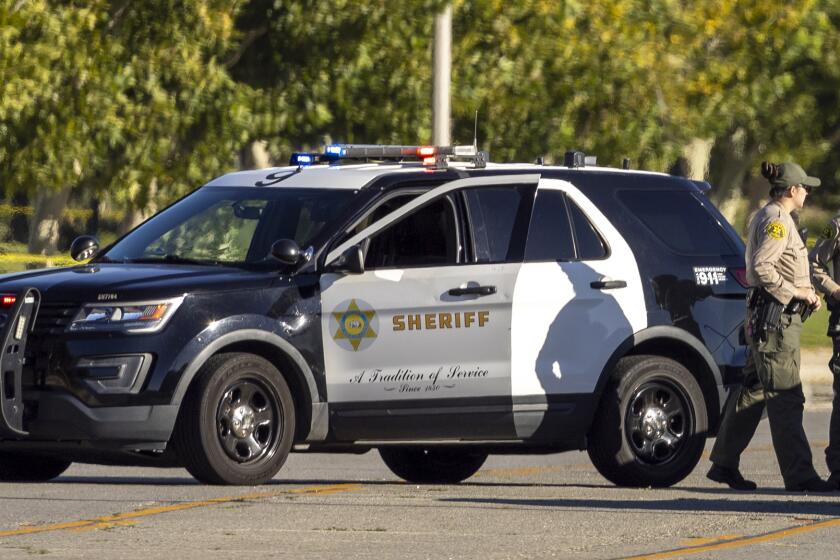Why confident eyewitnesses may be more accurate
- Share via
The accuracy of eyewitness identification of criminal suspects increases with the certainty of the witness in the first test, according to a new study led by UC San Diego researchers.
In addition, traditional police lineups that show suspects along with known innocent people work best, the study found. The results mean recent legal reforms based on the supposed inaccuracy of identification by eyewitnesses should be reevaluated.
If confirmed by further research, the study offers a way to improve the usefulness of suspect identification, and adds new insight into the system’s failures. Numerous studies and reports have found that eyewitness testimony is often unreliable, and the usefulness of this firsthand testimony is continually questioned in criminal cases.
The study was published Monday in Proceedings of the National Academy of Sciences.
Eyewitness errors are the most frequent cause of wrongful convictions, according to the Innocence Project, a group that seeks to exonerate those wrongfully convicted.
John Wixted, an experimental psychologist at UC San Diego and one of the study’s authors, said the study points to methods to reduce such errors.
Data from a 2013 Houston Police Department experiment in its robbery division were used in the study. Eyewitnesses were asked to rate their level of confidence as low, medium or high. Moreover, the lineups were double-blind, with neither the eyewitnesses nor the officer running the lineups knowing who the actual suspect is.
The experiment found that suspects identified by an eyewitness were more likely to be guilty than those identified by other evidence that didn’t include an eyewitness. For those identified by eyewitnesses, 97 out of 114 were (85%) had independent corroborating evidence of guilt against them. For those not so identified, only 67 out of 130 (51%) had such evidence.
Researchers said their results jibe with recent studies of simulated crimes that found eyewitness confidence strongly correlated to accuracy and validated the use of simultaneous lineups.
“The significance of our study is that these issues were investigated using actual eyewitnesses to a crime,” the study stated. “Recent laboratory trends were confirmed: Eyewitness confidence was strongly related to accuracy, and simultaneous lineups were, if anything, diagnostically superior to sequential lineups. These results suggest that recent reforms in the legal system, which were based on the results of older research, may need to be reevaluated.”
While memories can become unreliable over time, the first eyewitness assessments are more likely to be accurate, the study found. So instructions to juries to downplay this evidence, such as those recently adopted in New Jersey, deprive them of a useful tool.
Subsequent eyewitness recollections are less accurate, because they can become contaminated with other information, Wixted said.
In cases of wrongful conviction, the eyewitness often first gives an identification with a low confidence level, indicating that the recollection is likely to be erroneous, he said.
“But by the time the case gets to a court of law, there often has been other memory tests in between,” Wixted said. “Now the witness is more [confident], because the picture is more familiar, and the police give confirming feedback.... But what everybody overlooked was that at the beginning, they were lacking in confidence.”
Other studies must replicate the finding before it can be considered definitive, Wixted said. That means studying eyewitness accounts from other police departments to see if the finding was a fluke or a dependable observation.
“No scientific finding is completely trustworthy merely because one person publishes a study,” he said.
Fikes writes for the San Diego Union-Tribune
More to Read
Sign up for Essential California
The most important California stories and recommendations in your inbox every morning.
You may occasionally receive promotional content from the Los Angeles Times.













